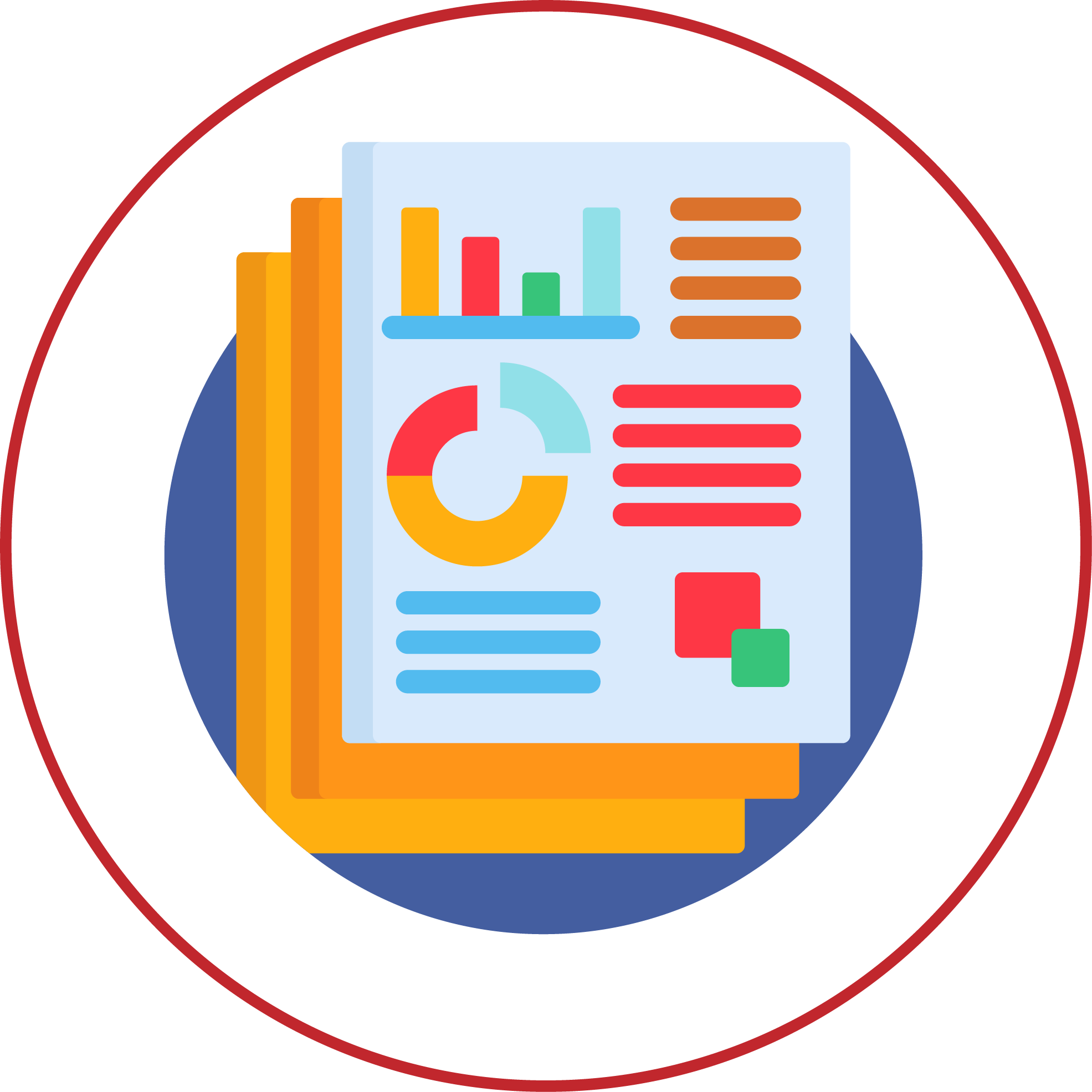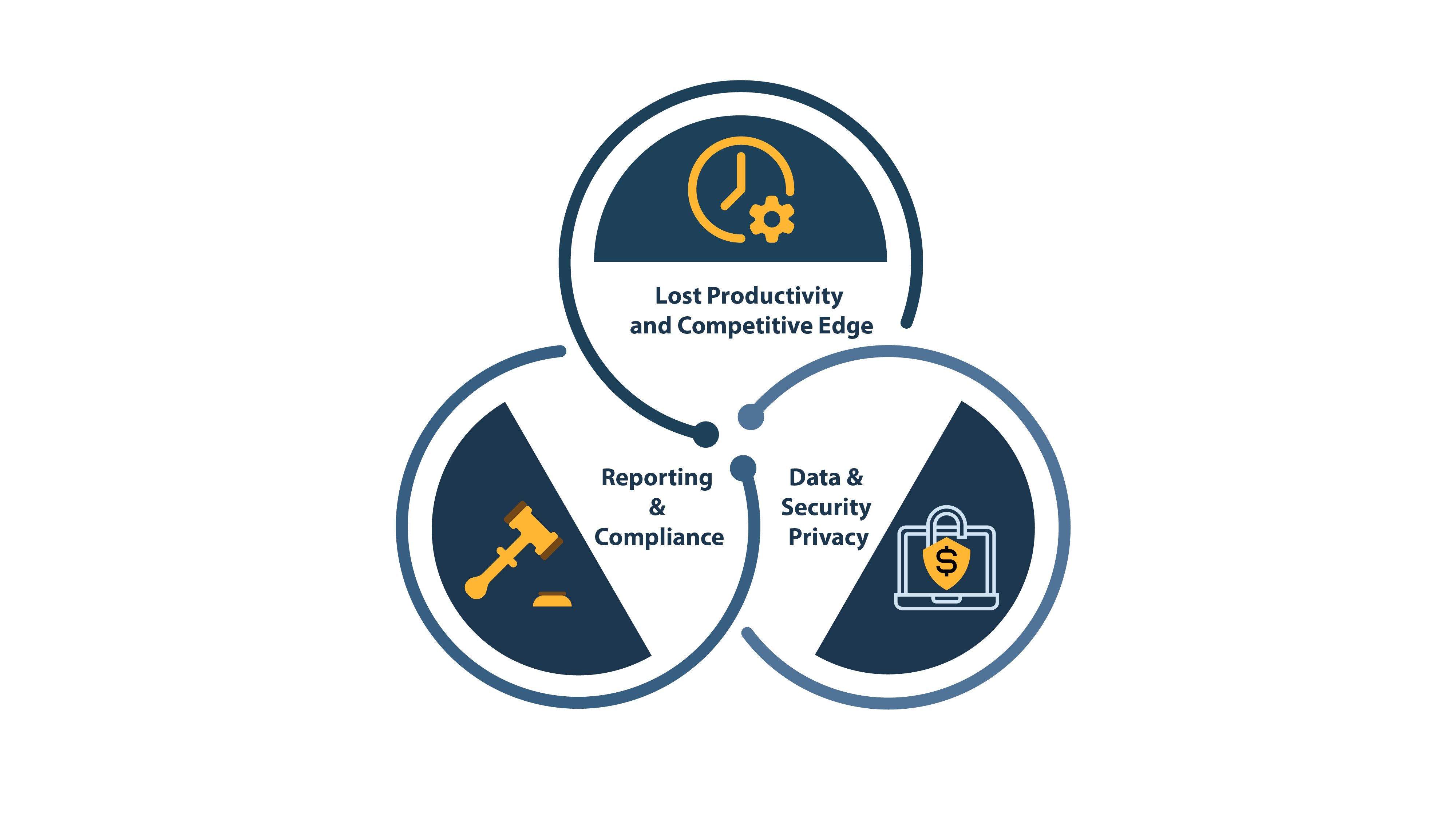Timeline of Digital Transformation from 2015-2019

Digitization of banking functions can be traced back to the days of automated teller machines (ATMs). The digital journey for banks began early on with digitization of simple banking functions. The face of banking and financial industry has changed in the last decade. Changing consumer behavior and competitive environments have forced banks to address digital transformation processes head-on.
In the past four years, banks have transformed tremendously with the evolving technology landscape. As per EY, banks set upon a transformation journey by concentrating on 5 key transformation imperatives – the quest for profitable growth, surviving a new era of competition, defining a bank’s new core, adopting advanced technology, and defining a bank’s new structure. The imperatives were to shape the new strategies and operating models of banks over the coming decade.
The driving factor for digital transformation is the paradigm shift in business models from a product-centric strategy to a customer-centric approach. Today’s tech-savvy consumer demands better services, products, and experiences across all touchpoints. But, from an IT viewpoint, aligning customer needs to IT platforms have been a challenge owing to banks reliance on legacy systems. Owing to the cost of transformation, most banks aren’t able to move away from the monolith systems. While other banks are looking at virtualization of IT infrastructure into a cloud-delivery model (private and public).
Digital transformation enabled the development of digital banking. During the period of 2014-15, digital payments in developing markets grew 21.6 percent. By 2016, 40 percent of Americans had shifted to digital banking, reducing walk-ins at banks. Digital banking negatively impacted traditional banking’s brick and mortar centers. Large banks, such as Bank of America Corp., had to downsize and pull out 1507 branches across the US.
In the end, a new payment ecosystem emerged that was driven by increasing consumer demands, rising FinTech competition, evolving regulations, and an increase in payments-enabling technologies. The rise of mobile and digital banking allowed consumers to experience e-commerce-like capabilities with banking functions. Apart from PayPal, companies like Stripe, Dwolla, Apple Pay, Venmo and others provided a variety of payment platforms options for businesses and consumers alike. Peer-to-peer (P2P) payment systems further developed for social media networks, including Facebook, to facilitate quick and easy payment options. With digital banking, P2P payment options grew to introduce more convenient payment options to consumers. For instance, companies like Zelle offered real-time fund availability and fund transfers between bank accounts within minutes.
While technology plays a critical role in digital transformation, another factor dictating the banking sector are the carrying regulations and compliance checks. Since 2018, the EU’s General Data Protection Regulation (GDPR) and the Revised Payment Service Directive are beginning to impact the market. The directive opened up doors for third-party providers (TPPs) to build financial services using application programming interfaces (APIs). For example, YES BANK was among the first banks to build an API ecosystem to enhance its services and expand market reach.
The era of open banking facilitated digital transformation for financial institutions to create next-generation apps, nurture FinTech collaborations, and unlock new channels of revenue streams. Tech giants like Google, Apple, Facebook and Amazon (GAFA) are entering the market with innovative payment channels that are different from the traditional payment processors.
Open Banking is accelerating digital transformation across the global banking industry. Banks are focusing on delivering customer-centric solutions using new business models and open services. With the advent of improved digital banking capabilities, banks are now taking on the role of mediators or institution that supports digital banks. For example, In the US, banks are entering into data-sharing agreements while regulators in India are encouraging a Unified Payment Interface (UPI) to enable interoperability.
In 2019, technologies of artificial intelligence, voice-first banking, and cloud-based banking would gain ground and become core to banking operations. There will be a keen focus on enhancing digital capabilities with a data-driven strategy. The 2019 Retail Banking Trends and Predictions report identifies new technologies to respond to consumer expectations. 54 percent of respondents pushed the development of digital solutions of real-time intelligence data integration using AI, advanced analytics and cognitive computing as a priority.
The future of banking focuses on hyper-personalization at scale and transforming customer experiences. Importance of data and advanced analytics will continue to rise as banks build strong personalized marketing platforms. The digital transformation journey is shifting the center of banking ecosystem away from banks and toward customers. The new center forces banks to adopt a different set of strategic imperatives. As banks continue to strive to attain complete digitization, their success depends on integrating, collaborating, supporting the development of reliable and scalable digital platforms that recognize the market opportunity at every step.
View


















